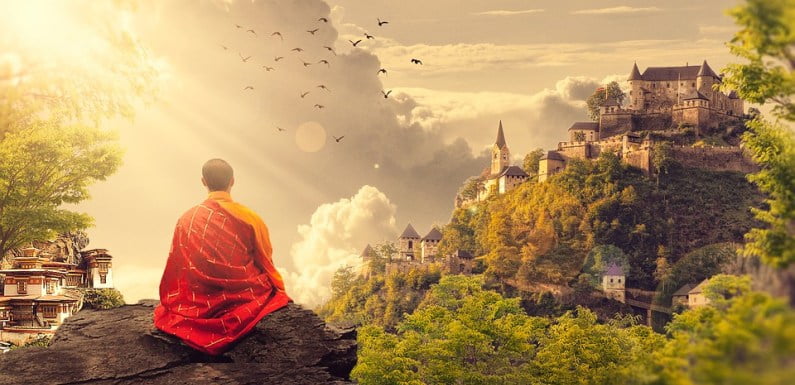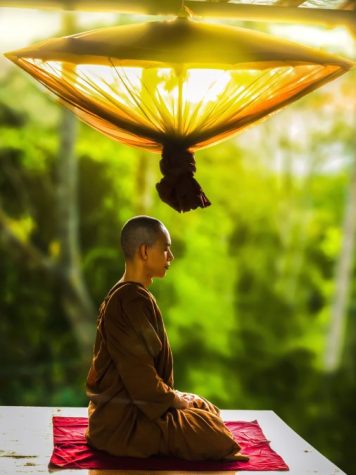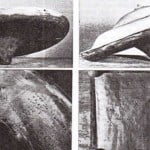
Superhuman abilities are definitely something you are used seeing in science fiction movies yet nowhere near reality. However, if you do a little research you might realize that there are actually people on Earth who can do things beyond the imagination.
Several ancient cultures have taught us of human beings with superhuman abilities visible through various techniques. For instance, think about ancient Yoga teachings and Buddhism.
The medium of siddhis or perfection in Sanskrit includes meditation techniques, static dancing, drumming, praying, fasting, psychedelics etc.
Through this medium, people can achieve much of their unknown potential.

Especially, in the ancient studies of Buddhism, we find abundant data of the presence of superhuman abilities. Indeed, Buddha expected his followers to fulfill these skills in order to live a peaceful life.
Donald Lopez Jr, professor of Buddhist and Tibetan Studies at the University of Michigan gave an attempt into reasoning these abilities regarding Buddha and his pedagogy.
Mr. Lopez said that with this enlightenment, he believed he owned spiritual powers, such as full knowledge of his past lives and the past lives of other beings.
Moreover, he was aware to create doubles of himself, shoot fire and water from his body and rise into the air.
“Although he passed into nirvana at the age of eighty-one, he could have lived…” for an aeon or until the end of the aeon” if only he had been asked to do so.”
Proof of superhuman abilities offer numerous can be found in numerous confirmable sources. For example, we make a reference to Swami Rama, an Indian yógī.
He is famous for being one of the first yogis who let Western scientists conduct studies on him. He published a book called Living with the Himalayan Masters saying:
“I had never before seen a man who could sit still without blinking his eyelids for eight to ten hours, but this adept was very unusual. He levitated two and a half feet during his meditations.”
“We measured this with a string, which was later measured by a foot rule. I would like to make it clear, though, as I have already told you, that I don’t consider levitation to be a spiritual practice. It is an advanced practice of pranayama with the application of bandeaus (locks). One who knows about the relationship between mass and weight understands that it is possible to levitate, but only after long practice…”
Rama further said that the monks had incredible abilities, beyond human imagination.
Then again, he explains how the monk was able to convert stuff into different forms, like a rock into a sugar cube. As the days were passing by, his powers were getting bigger.
“He told me to touch the sand — and the grains of sand turned into almonds and cashews. I had heard of this science before and knew its basic principles, but I had hardly believed such stories. I did not explore this field, but I am fully acquainted with the governing laws of science.”
Not only this book, but many other old books speak openly about this kind of teachings.
Not so recent, but contemporary enough, Harvard scientists conducted a study regarding this belief. They ended up with their mouth opened after visiting remote monasteries in the 1980s.
Harvard Professor of Medicine, Herbert Benson, scrutinized the unusual Himalayan Mountain monks. These monks were able to raise temperatures of their fingers up to 17 degrees using a yoga technique called g Tum-mo.
Similarly, investigations conducted in Sikkim India also managed to stun the scientists. They found out that Monks had the power to reduce their metabolism rate by as much as 64 percent.
Moreover, they discovered that Himalayan Monks were capable of drying wet sheets using only their body heat.
Before you mention the weather conditions, consider these monks live in extreme temperatures, in Himalayan mountains at altitudes of 15,000 feet.









